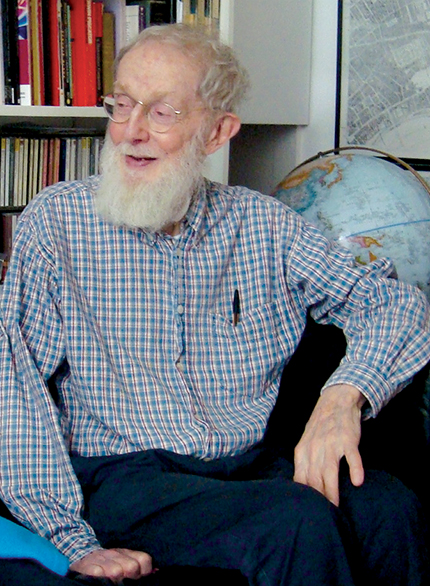Felix Arnold Edward Pirani
DOI: 10.1063/PT.3.3276
Felix was born in London on 2 February 1928, the son of two concert musicians from Australia. Because of his father’s work, Felix and his family moved around for a time, and he attended schools in England, Australia, New Zealand, and eventually Canada, where they settled in 1941. He enrolled at the University of British Columbia at 14 and, after his family moved east, graduated from the University of Western Ontario with a BSc in physics and mathematics in 1948. In that year his first scientific paper, written in collaboration with his optics teacher, A. Willena Foster, was published in the American Journal of Physics.

Felix Arnold Edward Pirani

As a graduate student at the University of Toronto, Felix was introduced to general relativity by Leopold Infeld and Alfred Schild. On completing his MA in mathematics there in 1949, he accompanied Schild to Vancouver for Paul Dirac’s lectures on the quantization of Lagrangian field theories. They then moved to the Carnegie Institute of Technology (now Carnegie Mellon University), where Felix became Schild’s first doctoral student. Schild had realized that the techniques described by Dirac could be applied to general relativity; Felix’s thesis title was “On the quantization of the gravitational field of general relativity.” In 1951 Felix was awarded a DSc in applied mathematics. At Carnegie Tech he collaborated on two of the earliest papers on the canonical formalism of general relativity and attempts to quantize the theory, but he never again published on the topic.
Felix obtained a National Research Council Canada postdoctoral fellowship to work with Hermann Bondi at Cambridge University. At Bondi’s suggestion, he enrolled for a PhD in applied mathematics. For a time he was an enthusiastic supporter of the steady-state model of the universe. In a 1955 paper, “On the energy-momentum tensor and the creation of matter in relativistic cosmology,” he coined the word “gravitino,” which would later be employed, with a quite different meaning, in supergravity theory. Felix’s work in general relativity and cosmology at Cambridge led to his 1956 thesis, titled “The relativistic basis of mechanics,” and a second doctorate.
During 1954–55 Felix spent a year in Ireland as a postdoc at the Dublin Institute for Advanced Studies, where he was influenced by geometer and relativist John Synge. There Felix commenced his most notable research, on the understanding of gravitational waves, and contributed to the removal of doubts, entertained even by Albert Einstein, about their physical reality. In his 1956 paper “On the physical significance of the Riemann tensor,” Felix explained how the tensor could be measured, and his ideas influenced subsequent work on gravitational-wave detectors.
In 1955 Felix became a lecturer in mathematics at King’s College London, where he would remain for the rest of his academic career. There he joined Bondi, who had moved from Cambridge, and Clive Kilmister to form what became a leading relativity research group. At King’s, Felix continued to produce groundbreaking research. In a 1957 Physical Review paper, he wrote, “The investigation of gravitational radiation in general relativity theory is hampered by the lack of an invariant definition of that concept.” He then proposed an invariant definition that focused on the Riemann tensor and its measurability. That paper included a highly original application to gravitational radiation theory of the classification of conformal curvature tensors by Soviet mathematical physicist Aleksei Petrov. Felix’s further work on gravitational waves included a seminal study with Bondi and Ivor Robinson of plane gravitational waves, several widely read review articles, and his 1964 Brandeis Summer Institute lectures, “Introduction to Gravitational Radiation Theory.”
Felix became a professor of rational mechanics in 1967. When Bondi left King’s, Felix took over leadership of the group and the supervision of numerous research students. A charismatic research supervisor and teacher, he had a lasting influence on his students.
By 1970 he increasingly felt that some of the new research developments in general relativity were not physically well grounded. For decades he remained unconvinced about black holes and hoped they would lose plausibility; eventually he changed his mind. With his interest in general relativity waning, he turned to the study of soliton equations and applied differential geometry. He took early retirement in 1983 and became an emeritus professor and senior research fellow in the mathematics department.
After retiring, Felix published, with Michael Crampin, a book on applicable differential geometry, and he collaborated with Bondi on two papers on gravitational waves. He also wrote and reviewed books for children and young adults. One of his main pursuits became making mosaics, some of which he exchanged in return for donations to charity. His leftish political commitment remained unabated, as did his warmth, generosity, and capacity for friendship.
More about the Authors
David C. Robinson. King’s College London, London, UK.




